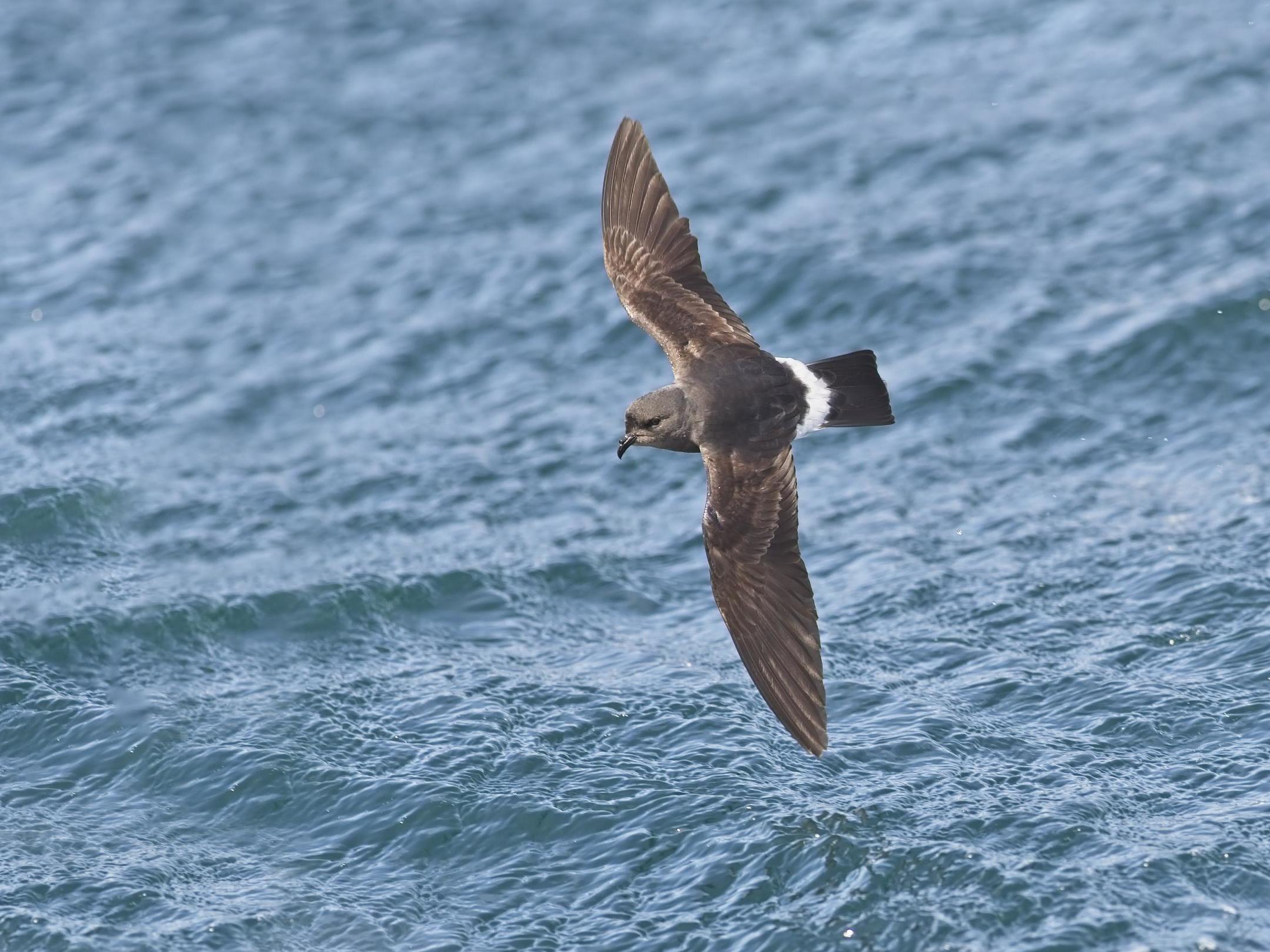UK’s smallest seabird regularly flies more than 180 miles, experts discover
‘New findings such as these must be heeded by governments if we are to see a reversal of downward trends,’ says RSPB

Scientists using GPS tags to track the movements of the UK’s tiniest seabird have discovered it regularly travels up to 186 miles to feed in stormy waters off Shetland.
They were surprised to find the storm petrel concentrated on two sites away from areas where high numbers have previously been observed.
The species is the UK’s smallest seabird, weighing just 25-30g – the same as three £1 coins.
Alex Kinninmonth, head of marine policy at RSPB Scotland, said that using GPS tags had been “game-changing”, allowing researchers to build a more complete picture of the lives of the elusive birds.
“Without it, any attempt to identify locations for conservation action or to assess the potential threats to the storm petrels from this important colony would have overlooked these key places,” he said.
“Scotland’s seabirds are already in trouble and face an uncertain future, so expanding our knowledge of where they go at sea and why is vital to give them a fighting chance against ever-increasing human-made pressures.
“New findings such as these must be heeded by governments as they regulate activity at sea if we are to see a reversal of downward trends.”
The scientists expected birds to use waters at the edge of the continental shelf to the west of Shetland, where high concentrations of storm petrels have been reported in previous decades from boat surveys.
But using GPS technology over several years, they found the birds concentrated on two main unexpected sites, in inshore waters.
One was 68 miles south of the colony and probably was where they fed. The other was in the waters surrounding the colony and reflected the commuting flights of the birds to and from their nests at night.
GPS technology has been used to track many other birds previously, from white storks to Russian eagles, but this was a first for Shetland’s storm petrels.
A total of 42 individuals were tracked over four breeding seasons, with foraging trips lasting up to three days, mostly ranging up to 186 miles from the colony.
However, one bird travelled almost 248 miles to the Norwegian coast. Researchers think it was blown off course in a storm, but it returned to the nest in just 24 hours.
It is thought that the birds’ nocturnal habits have meant that past surveys have missed their reliance on inshore waters.
Join our commenting forum
Join thought-provoking conversations, follow other Independent readers and see their replies
Comments